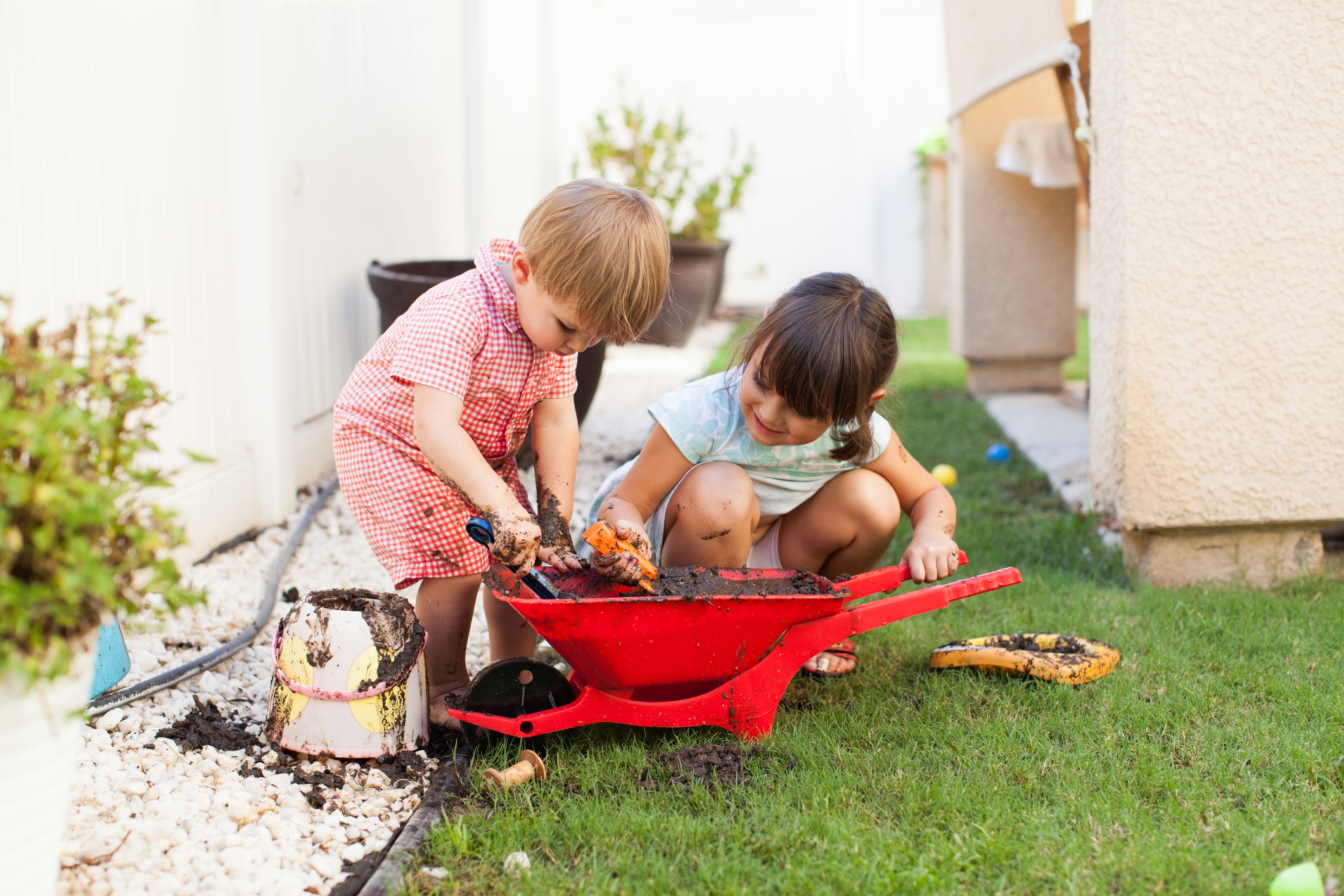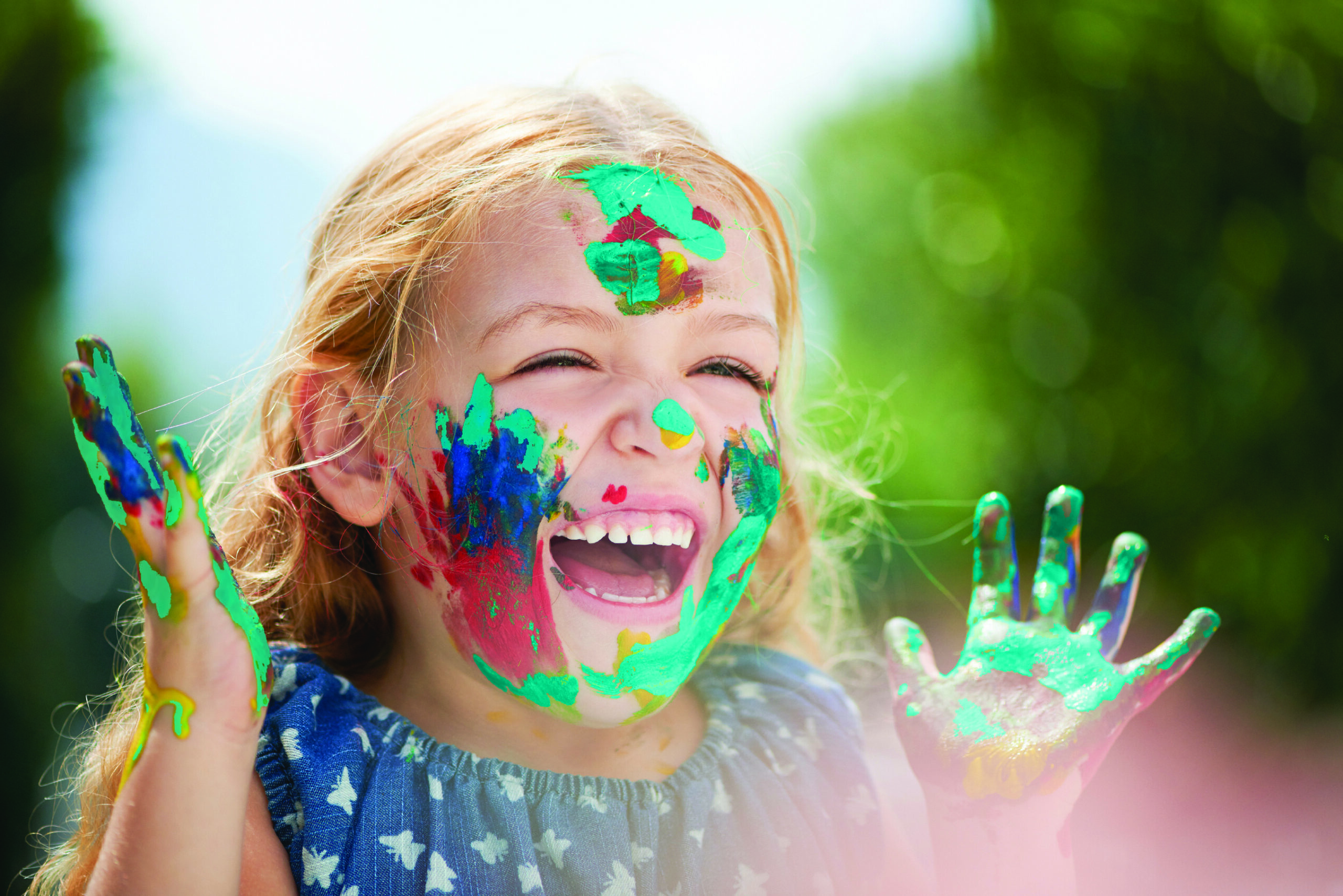Who is Rudolf Steiner?
Rudolf Steiner, the founder of Steiner Education, was an Austrian philosopher and social reformer known for his work and research efforts to link science and spirituality. He established an esoteric spiritual movement called anthroposophy.
In 1919, he founded the Freie Waldorf Schule (Independent Waldorf School), the first Waldorf school in Germany. The first Steiner school was named after the cigarette company where it was built, the Waldorf-Astoria Cigarette factory in Stuttgart, Germany. Children of factory workers attended the original Waldorf School.
What is Steiner’s theory and method of teaching?
Steiner Education, also known as Waldorf Education, is grounded in the principles of the holistic theory of development. Waldorf Schools believe students learn with their heads, hearts and hands. The Steiner pedagogy aims to develop a child’s intellectual, artistic and practical skills in an integrated and holistic way.
Steiner’s philosophy emerged in the aftermath of the First World War. His educational ideology aims to inspire children’s creativity, intelligence and well-roundedness.
Steiner Schools are non-academic in nature during the early childhood education years. Unlike regular schools, a Steiner School focuses on creative play, imaginative education and experiential learning to develop skills valuable to literacy, numeracy and academic learning in general.
Steiner teachers strive to foster a child’s development and growth through holistic education so that they grow up to become good members of society and bring meaningful contributions.
What’s the difference between Steiner Education and Montessori?
Steiner Education—head, heart and hands
Steiner Waldorf early childhood education differs from mainstream schools in that formal education comes in the latter years. The Steiner philosophy believes young children learn with their head, heart and hands.
The Steiner approach focuses on integrating lots of creativity into the curriculum. Steiner Schools educate children with a creative and artistic approach. Class teachers inspire a child’s creative thinking and deep learning through storytelling, visual arts, poetry, speech, games and crafts.
Steiner Waldorf Schools allow children to spend a lot of their play-based learning time outdoors so they engage in physical movement, social interaction, self-initiated play and emotional development.
Waldorf Education encourages providing preschool and kindergarten students with toys, art materials, and games to encourage imaginative and pretend play.
Montessori school—follow the child
The Montessori approach is student centric. Teachers follow the child and keenly observe the learner to understand their interests, strengths and potential. The teacher enables children to choose their activities and learn at their own pace.
Teachers rarely give lectures to the class. Instead, children have the freedom to move around and work on individual tasks. Concrete learning is a vital part of Montessori primary schools. Children move to more abstract learning once they reach secondary education or middle school.

Pretend play is minimal in Montessori and is usually not encouraged, even in preschool. It leans more towards task-oriented work or practical skills rather than imaginative play. Instead of pretending to be in kitchens or playing in dollhouses, a Montessori school would have a real kitchen, child-sized furniture, real food and cooking utensils – providing the practical materials we use in daily life.
Curriculum content and teaching method in Steiner Education
Typically, Waldorf Education classrooms have students of the same age. Anchored in Steiner’s pedagogy, Waldorf Education teachers use multidisciplinary teaching methods, such as art, music and craftsmanship, to help children develop a lifelong love for learning.
Steiner Education class lessons are also language rich. Some levels for older students even teach foreign languages. Steiner Education schools also practice teacher looping, where children have the same teacher from early childhood through to elementary education grade levels. This allows teachers to develop deep learning and understanding of a child as they observe their personal, physical, spiritual and human development.
Having one teacher also creates a special bond between child and teacher, which plays a crucial role in child development. Children and teachers work hand in hand with one another.

On the other hand, Montessori classrooms are multi-graded or have mixed-age students. Teachers encourage independence among students. Montessori classrooms are child centered, where children are immersed in self-driven learning.
Children focus on their own tasks, and teachers do not intervene when a student is focused on their individual work and tasks.
Main features of Steiner Education
Strong relationships
Steiner Waldorf Education emphasises the relationship between a student and teacher. It’s as important as material and curriculum content. That’s why Steiner Education loops class teachers—to allow them to develop strong bonds with their students over several years.
In a Steiner School, children have one teacher from first to eighth grade, and the teacher moves with the class every year. This practice enables teachers to get to know their students’ strengths, interests, challenges and character.
They also know each student’s parents and can work hand in hand with them in a child’s learning journey. As with music, physical education and the arts, subject teachers also work closely with students over time.
Holistic approach to development
The goal of a Steiner School is to cultivate intellectual freedom and moral responsibility amongst students to create adults who promote human values and bring a positive difference in society. Waldorf Schools have a holistic approach to education, acknowledging that children need to hone and look after three significant parts of themselves—heads, hearts and hands.
In the early years of learning in a Steiner School, students learn core subjects like math, science, literature and history through creative methods that inspire them to listen and participate.
Creativity
Rudolf Steiner felt challenged by the European education system, so he developed another method where a child’s imagination and creativity are encouraged, and their social and emotional needs are nurtured.
He encouraged teachers to look for creative ways to develop academic skills and infuse art into the curriculum to better teach the core concepts of subjects. Teachers also strive to help students develop their social skills and a sense of community that thrives on working together for the common good.

Play
Steiner Education uses a play-based approach to cater to young learners’ needs. Using a play-based program, children learn through exploration, experimentation, discovery, and problem-solving.
The child initiates learning, and the teacher supports it. Teachers motivate children to learn through play so that children can develop their social, emotional, physical and creative skills through play. Teachers guide children as they learn cooperation, sharing, negotiating and conflict resolution skills through social interactions.
Steiner Education—rhythm, repetition and reverence
The three Rs of Waldorf Early Childhood Education are rhythm, repetition and reverence.
Rhythm
Rhythm brings a sense of peace and natural order to a child’s world. Having a healthy rhythm is essential, so a child won’t be left wondering, anticipating or questioning what’s next—and can seamlessly switch between activities. Rhythm is different from routine. It doesn’t become stale. Instead, it’s alive and dynamic.
Repetition
When children can predict what will happen during each part of their day, they develop a sense of security and wellbeing. With repetition, they learn and retain information better.
Reverence
Seeing each activity as worthy of honour, a young child learns through experience to revere each process and activity. As a result, they develop a sense of reverence for family, community and the world—and how to be a steward of the environment.
Experiences in nature
Nature and natural materials are essential in Waldorf Education, which has a very well-thought-out outdoor curriculum. Some schools have forest and farm studies, school-based gardens, environmental work and extensive outdoor play to help a child connect to the natural world.
The limitations of Steiner Education
Some families want to integrate technology into their child’s early years of learning. So, if you’re a parent who wants to give your child early exposure to tech and other gadgets, Steiner Education might not be for you.
Why? Using technology, electronic media, gadgets and tools isn’t allowed until a child reaches at least the fifth grade. Some Steiner Schools even have parents sign a binding agreement banning the use of tech by their students.
Waldorf Education students may only watch movies and TV shows once they reach sixth grade. Even then, there’s a limit on how much they can watch. They can’t play video games or use the Internet until they reach high school.
Some families are also more comfortable with a traditional approach to core subjects and a typical learning process for reading, writing and maths. If you’re the kind of parent leaning in this direction, Waldorf Education may not be for you and your child.
Source/s: Waldorf Education Org, Steiner Waldorf Org, The Education Hub

